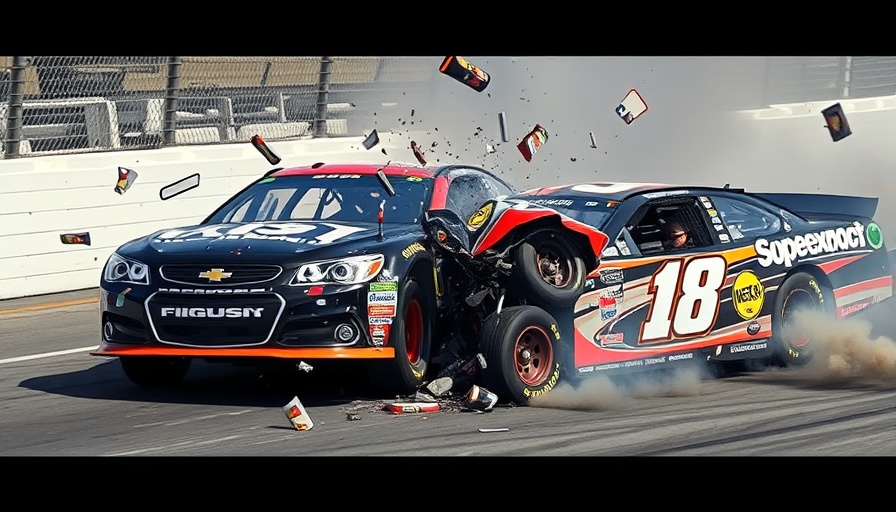
High-Stakes Racing and the Importance of Communication
The recent crash between Ty Dillon and William Byron at the Las Vegas Motor Speedway has thrown a spotlight on the critical nature of communication in NASCAR. A breakdown in signals not only led to a devastating crash but has also resulted in the firing of Dillon's spotter, Joe White. This incident serves as a reminder that in high-stakes environments, the margin for error is razor-thin.
Understanding the Crash: What Went Wrong?
During Lap 236 of the race, Dillon was approaching the pit lane when he slowed down unexpectedly, catching Byron off guard. The pivotal moment came when Byron, unaware of Dillon's intent to pit, slammed into the rear of Dillon's car, creating a collision with a speed differential of around 50 mph. This catastrophic event has notably jeopardized Byron's title hopes, leaving him 15 points below the cutline.
The Human Element: Impact on Athletes
While the incident underscores the technical aspects of racing, it also highlights the emotional toll on the drivers. Byron expressed his disappointment following the race, saying, "I’m just bummed out. We had a really good car today, in contention to win." This incident is not just about cars and points; it directly affects the drivers’ careers and mental well-being, making the emotional aspect just as critical as performance metrics.
Looking to the Future: What Can Be Done?
In light of this crash, it’s essential for teams to review their communication strategies. Crew chief Rudy Fugle emphasized that effective communication is vital, suggesting that both drivers and spotters should enhance their signaling methods to avoid such unfortunate events in the future. New strategies might include more proactive communication via radio rather than relying solely on visual indicators.
Conclusion: A Call for Better Practices
This incident forces fans and stakeholders to acknowledge the intricate dynamics within NASCAR. As we reflect on the Vegas crash, it's crucial to understand that while technology plays a pivotal role, the human element remains the heartbeat of the sport. Moving forward, teams must implement comprehensive communication training to ensure drivers remain informed and safe during races. Let's hope that these lessons lead to a safer environment for everyone involved.
 Add Row
Add Row  Add
Add 




Write A Comment